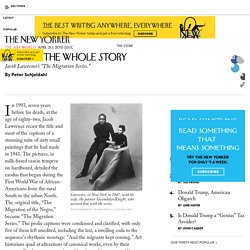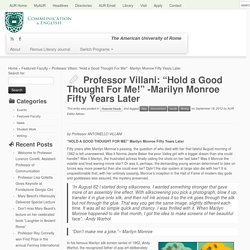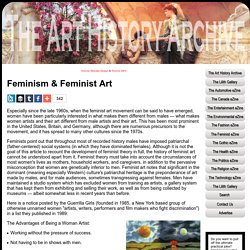

Picturing the Great Migration. In 1993, seven years before his death, at the age of eighty-two, Jacob Lawrence recast the title and most of the captions of a stunning suite of sixty small paintings that he had made in 1941.

The pictures, in milk-based casein tempera on hardboard, detailed the exodus that began during the First World War of African-Americans from the rural South to the urban North. The original title, “The Migration of the Negro,” became “The Migration Series.” The prolix captions were condensed and clarified, with only five of them left unedited, including the last, a swelling coda to the sequence’s rhythmic montage: “And the migrants kept coming.” Art historians quail at alterations of canonical works, even by their creators. But Lawrence wasn’t working for art history, even if he was making it. Lawrence was working in a studio with neither heat nor running water in Harlem when he created “Migration” in a rush of inspiration, following months of painstaking research.
Two impressions stand out. Scene Analysis – Citizen Kane, opening scene. Scene description: Opening scene of the film.

This scene leads us through Kane’s estate until we reach Charles Foster Kane on his deathbed. Clutching a snowglobe, he whispers “Rosebud,” then dies. A nurse finds his body and covers it with a sheet. Shots: Camera distance: close-up Angle: straight on Camera movement: crane up Length: 20 seconds Description: Fade in to a close-up of a “No Trespassing” sign attached to a fence. The Movie "Mr. Turner" and a defence of Ruskin, from a painter's viewpoint.
This is a great movie.

I have now seen it twice on the big screen and I enjoyed it even more the second time. The first time it took me a while to get into the slow pace of the random snippets from Turner's life which set the scene and introduced the characters and also the gruff, grunting incarnation of the painter by actor Timothy Spall. The second time, knowing what to expect with regard to these things, I was able to concentrate more on the subject matter set out before me from a painter's point of view.
The opening scene presents a Dutch landscape in soft painterly light and after a few minutes it reveals the characteristic rotund top-hatted silhouette of Joseph Mallord William Turner (1775- 1851) against the flat landscape. What interests me most about this film are, naturally enough, all the art references. Other favourite scenes included those set at the Royal Academy exhibitions.
It was the portrayal of John Ruskin (1819- 1900) that particularly worried me. The Metropolitan Museum of Art Puts 400,000 High-Res Images Online & Makes Them Free to Use. On Friday, The Metropolitan Museum of Art announced that "more than 400,000 high-resolution digital images of public domain works in the Museum’s world-renowned collection may be downloaded directly from the Museum’s website for non-commercial use.

" Even better, the images can be used at no charge (and without getting permission from the museum). Art news, reviews, comment and features. A history of Australian art – interactive timeline. American Art Timeline. Home. Tate Britain. National Portrait Gallery - Home. Welcome to the website of Andrew Graham-Dixon. Professor Villani: “Hold a Good Thought For Me!” -Marilyn Monroe Fifty Years Later - Communication and English Program. Yet, Marilyn proved to be remarkably resilient and capable of re-inventing herself.

Fired from “Something’s Got to Give,” the last film in her seven-year commitment to Twentieth Century Fox, once again she fought back, finding new life on the covers and pages of America’s top magazines. From such far reaching forum, she could talk to the millions and “set the record straight,” as she herself put it. She had faith that unlike the movie establishment her audience would listen and never let her down. In the Spring and early Summer of 1962, she posed for Bert Stern, Douglas Kirkland, and George Barris in a series of memorable photographs, and gave her most revealing interview to date to Richard Merryman of LIFE Magazine.
Re- hired by Fox after secret negotiations at two and a half times her original salary, she appeared to be looking forward to resuming work on “Something Got To Give” when she was found dead in her Brentwood home, in Los Angeles, the morning of August 5. Feminism & Feminist Art - The Feminist Art History Archive. Feminist art history must be considered as part of this discussion.

Its proponents have demanded that women's arts from all cultures, of all periods, be included in studies and exhibitions of art. In 1971 Linda Nochlin (American, contemporary art critic) wrote a landmark article, "Why Have There Been No GREAT Women Artists? " giving tremendous momentum to feminist scholarship concerning women in the arts. Numerous histories of women artists were published in the 1970s, and several others have appeared in the years since then.
Before the late 1960s most women artists, struggling to participate in the male-dominated art world, had overwhelming disincentives to put feminist meanings into their work, and sought to de-gender their art. 1. 2. Your Paintings. VADS: the online resource for visual arts - Resources.